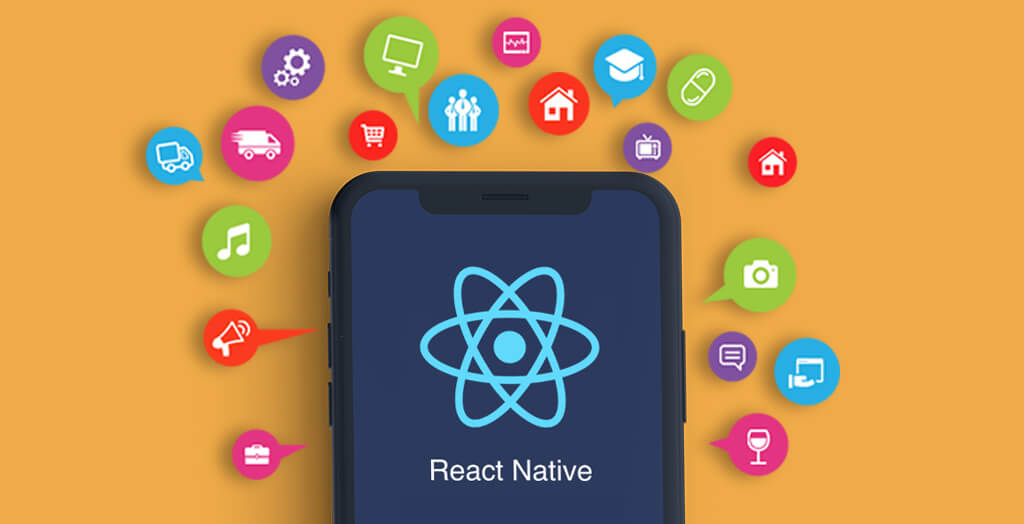Outsourcing payroll services for construction industry can offer numerous benefits, including time savings, reduced compliance risks, and increased accuracy in payroll processing. However, transitioning to outsourced payroll can be a complex process that requires careful planning and execution. This comprehensive guide will walk you through the steps for a seamless transition to outsourcing payroll for construction, ensuring that your payroll operations remain efficient and compliant throughout the process.
Define Your Objectives and Needs
Before starting the transition process, clearly defining your objectives and needs is essential. Ask yourself the following questions:
- What are the specific pain points or challenges in your current payroll process?
- What are your goals for outsourcing payroll services in the construction industry?
- Are there any compliance issues or regulations that need special attention?
- What level of support and customization do you require from a payroll service provider?
By identifying your objectives and needs, you can establish clear criteria for evaluating potential payroll service providers and ensure that your outsourcing decision aligns with your goals.
Research and Select a Payroll Service Provider
Choosing the right payroll service provider is a critical step in the outsourcing process. Conduct thorough research to identify potential providers that specialize in construction payroll services. Consider the following factors during your selection process:
- Experience and expertise in the construction industry.
- Reputation and track record of the payroll service provider.
- The services offered include construction certified payroll, tax compliance, and benefits administration.
- Scalability to accommodate your company’s size and growth.
- Pricing structure and cost transparency.
Request references and speak with other construction companies that have outsourced their payroll to gauge their satisfaction with the service provider. Choose a provider that aligns with your objectives and needs.
Data Gathering and Transition Planning
Once you’ve selected a payroll service provider, the next step is to gather all the necessary payroll-related data and documents. This includes employee information, payroll records, tax documentation, and other relevant data. Work closely with your chosen provider to establish a transition plan that outlines key milestones, timelines, and responsibilities.
A well-structured transition plan should include:
- Data migration: Ensure a smooth transfer of payroll data to the new system.
- Integration: If applicable, integrate the payroll system with your existing accounting or project management software.
- Training: Provide training for your HR and finance teams on the new payroll system and processes.
- Compliance checks: Review your existing payroll processes to identify and address compliance gaps that may need correction during the transition.
- Implement and Test the New System
Once you’ve gathered the necessary data and completed the initial setup, it’s time to implement and test the new payroll system. This step involves:
- Inputting employee data and payroll information into the new system.
- Conducting parallel testing by processing payroll in old and new systems to ensure accuracy and identify discrepancies.
- Verifying that all tax calculations, deductions, and benefits are correctly configured.
- Testing the reporting and analytics features ensures you can access the information you need for decision-making.
- Thorough testing is essential to catch any issues before you fully transition to the outsourced payroll system.
Employee Communication and Training
Effective communication with your employees is crucial during the transition process. Notify your employees about the upcoming changes in the payroll process and inform them of any adjustments to pay schedules or access to payroll-related information. Provide training sessions or resources to help employees understand how to access their pay stubs, tax forms, and other relevant data through the new payroll system.
Transition and Go-Live
With thorough planning, testing, and communication in place, you’re ready for the transition and go-live phase. During this period:
- Transfer all payroll processing responsibilities to the payroll service provider.
- Verify that the initial pay runs are accurate and that all employees are paid correctly.
- Monitor the payroll process closely to address any unexpected issues promptly.
- Ensure the payroll service provider is adhering to agreed-upon timelines and service levels.
Post-Transition Evaluation and Feedback
Once the transition is complete and your construction company has fully transitioned to the outsourced payroll system, take the time to evaluate the process. Solicit feedback from your HR and finance teams and employees to identify any areas that need improvement or additional support.
Key areas to assess include:
- Accuracy and timeliness of payroll processing.
- Compliance with certified payroll reporting and other regulatory requirements.
- Employee satisfaction with the new payroll system and its accessibility.
- Overall efficiency gains and cost savings.
Use this feedback to adjust the outsourced payroll process and ensure ongoing improvements.
Conclusion
Outsourcing payroll for construction can streamline your payroll processes, enhance compliance, and free up valuable time and resources for your company. By following these steps for a seamless transition, you can minimize disruption and enjoy the benefits of accurate, efficient, and compliant payroll services. When choosing a reliable payroll service provider, consider Payroll4Construction, a specialized payroll service for construction companies. Visit Payroll4Construction to learn more and start your seamless transition today.









